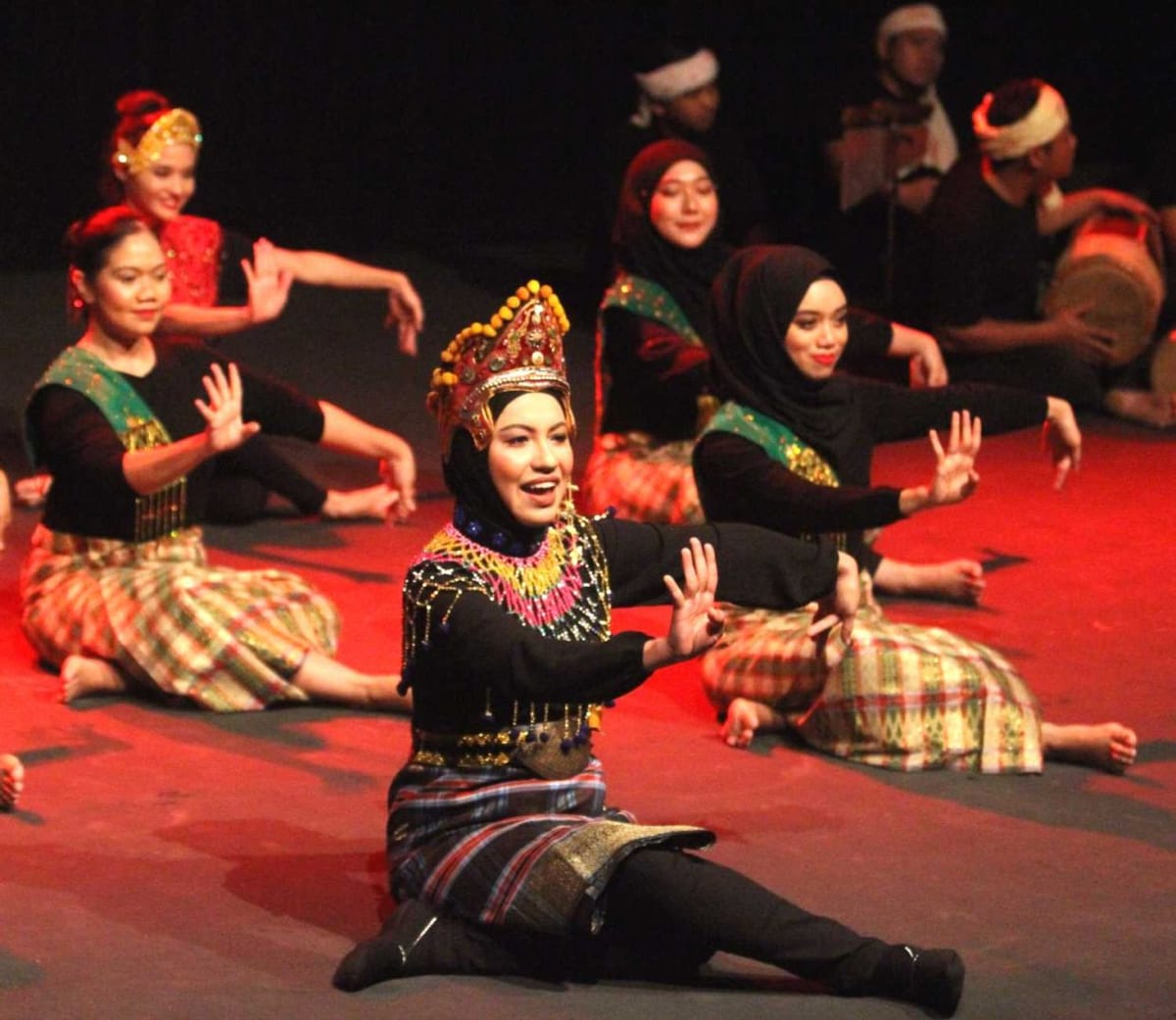INTERACTIVE: Get to know Malaysia's Unesco treasures

Source: The Star
PETALING JAYA: Malaysia has many historical and archaeological sites as well as cultural artefacts recognised by the United Nations Educational, Scientific and Cultural Organization (Unesco).
Unesco designations fall under its various programmes such as World Heritage Site, Intangible Cultural Heritage, Biosphere Reserve, Global Geopark, Creative Cities Network, and Memory of the World.
In celebration of our nation's gems, here is all you need to know about Malaysia's Unesco-recognised treasures.
World Heritage is Unesco's designation for places that are of outstanding universal value to humanity.
There are currently 1,199 sites worldwide that have been inscribed on the Unesco World Heritage List.
To be included on the World Heritage List, a site must be of "outstanding universal value" and meet at least one out of ten selection criteria which Unesco defines as follows:
Malaysia is home to four Unesco World Heritage sites.
They are Kinabalu Park in Sabah; Gunung Mulu National Park in Sarawak; Melaka and George Town (historic cities of the Straits of Malacca which are listed together as a single site); and Lenggong Valley in Perak.
In addition to the four locations in Malaysia which have been inscribed on its World Heritage List, there are an additional six which are on the Unesco's Tentative List.
The Unesco Tentative List is an inventory of sites which each country (state party) intends to consider for nomination as a World Heritage site.
Sites nominated by counties to be included in the World Heritage List will not be considered by Unesco unless they have already been included to the country's Tentative List.
The following are the six sites Malaysia has included on the Tentative List:
According to Unesco, the term cultural heritage includes monuments, collections of objects, oral traditions, performing arts, social practices, rituals, festive events.
It also includes knowledge and practices concerning nature and the universe or the knowledge and skills to produce traditional crafts.
An intangible cultural heritage meanwhile has several qualities including being inclusive, representative and community based.
In addition, an intangible cultural heritage does not only represent inherited traditions from the past but also contemporary rural and urban practices in which diverse cultural groups take part.
Malaysia has seven items that have been inscribed into Unesco's list of Intangible Cultural Heritage:
In addition to the seven items above, Malaysia last year joined hands with Brunei, Indonesia, Thailand and Singapore to submit a multi-national nomination for the kebaya to be included in Unesco's Intangible Cultural Heritage list.
Another listing that has been submitted for inscription in the Unesco Intangible Cultural Heritage list is Malaysia's Breakfast Culture.
Last year, Tourism, Arts and Culture Ministry deputy minister Khairul Firdaus Akbar Khan told the Dewan Rakyat in June that the nomination highlighted the country's iconic breakfast food, such as nasi lemak, roti canai, and teh tarik.
Biospheres reserves are biodiversity conservation and protection areas.
Unesco describes biosphere reserves as sites for testing interdisciplinary approaches to understanding and managing changes and interactions between social and ecological systems, including conflict prevention and management of biodiversity.
They are places that provide local solutions to global challenges. Biosphere reserves include terrestrial, marine and coastal ecosystems.
Each site promotes solutions reconciling the conservation of biodiversity with its sustainable use.
Unesco Global Geoparks are single, unified geographical areas where sites and landscapes of international geological significance are managed with a holistic concept of protection, education and sustainable development.
There are currently 213 Unesco Global Geoparks in 48 countries:
Unesco Creative Cities are a network of cities which place creativity and cultural industries at the heart of its development plan at the local level and cooperating actively at the international level.
A total of 350 cities around the world are currently part of the Unesco Creative Cities network.
Cities are listed in the network under various categories, which include film, literature, music, crafts and folk arts deign, media arts and gastronomy.
Unesco's Memory of the World programme protects the documentary heritage of humanity. It comprises documents, manuscripts, oral traditions, audio-visual materials, library, and archival holdings of universal value.
One item from Malaysia included in the Memory of the World Register is the Misa Melayu MSS 6, a Malay historiography that literarily narrates the history of the Perak Sultanate.



